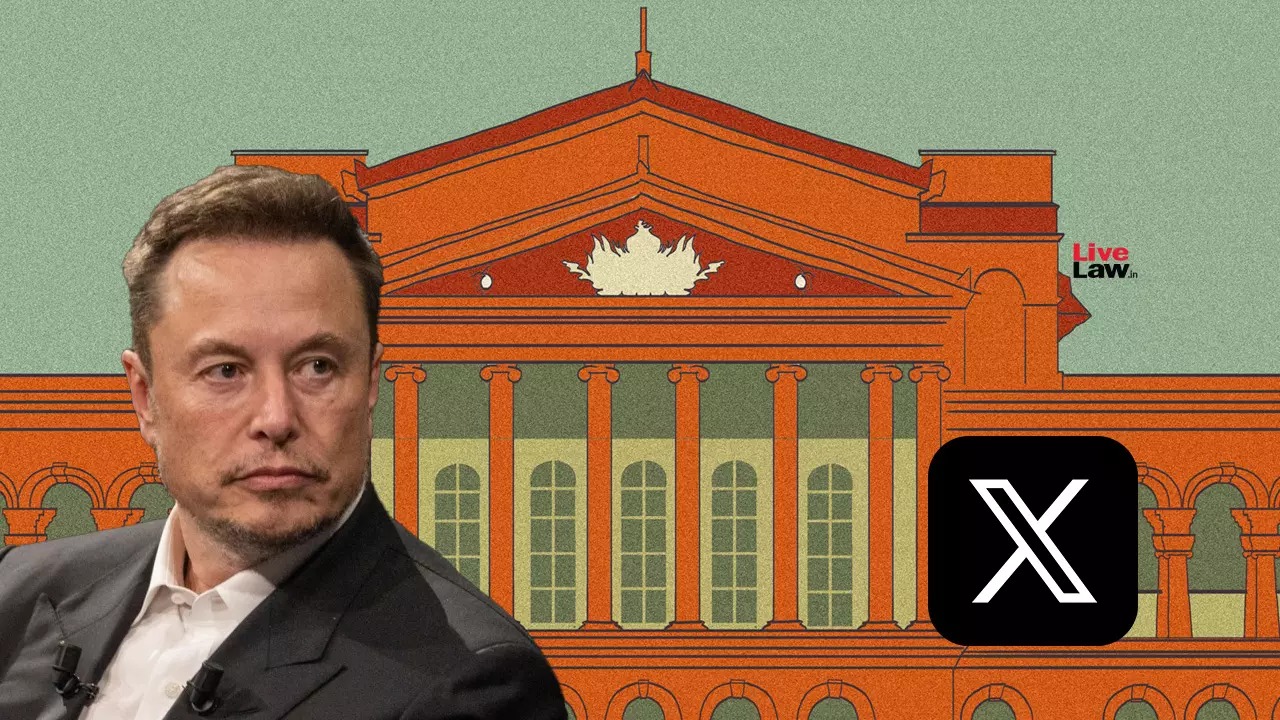In response to a legal battle with Elon Musk’s social media platform X, the Indian government has amended its IT Rules to restrict who can order online content removals. Effective November 15, 2025, only senior bureaucrats and high-ranking police officials can issue takedown directives, curbing arbitrary censorship and enhancing accountability.
No More Blanket Powers: India Curbs Content Takedown Authority After X’s Legal Challenge
In a significant policy shift, the Government of India has revised the Information Technology (Intermediary Guidelines and Digital Media Ethics Code) Rules, 2021, to limit the number of officials authorized to issue online content takedown orders. This move follows a high-profile legal dispute with Elon Musk’s social media platform X (formerly Twitter), which challenged the sweeping powers granted under Rule 3(1) of the IT Rules.
Previously, thousands of lower-level officials—including police inspectors—could demand content removal, often targeting satire, dissent, or political commentary. The new amendment, effective from November 15, 2025, restricts this authority to bureaucrats of Joint Secretary rank or higher and police officers at the Deputy Inspector General level or above.
The government stated that the changes aim to ensure “senior-level accountability,” clearer specifications of unlawful content, and periodic reviews of takedown orders. This recalibration is seen as a response to growing concerns over arbitrary censorship and the need for more transparent digital governance.
Key Highlights
• Restricted Authority: Only Joint Secretaries and DIG-level officers can now issue takedown orders, replacing the previous system that allowed thousands of officials to act unilaterally.
• Legal Backdrop: X had filed a legal challenge against India’s 2023 internet policing policy, citing misuse of takedown powers. The Karnataka High Court dismissed the challenge, but the case sparked widespread debate.
• Policy Revision Date: The new rules come into effect on November 15, 2025, as part of a broader update to the IT Act.
• Safeguards Introduced: The revised framework includes monthly reviews and mandates clearer justification for takedown requests.
• Impact on Platforms: Social media intermediaries like X, Meta, and Google are expected to benefit from reduced compliance ambiguity and fewer arbitrary directives.
• Public Discourse: The move has been welcomed by digital rights advocates, who argue it’s a step toward balancing regulation with freedom of expression.
India’s recalibrated approach signals a maturing digital policy environment—one that seeks to balance national security and public order with democratic values and platform accountability.
Sources: Moneycontrol, NewsBytes, Economic Times

